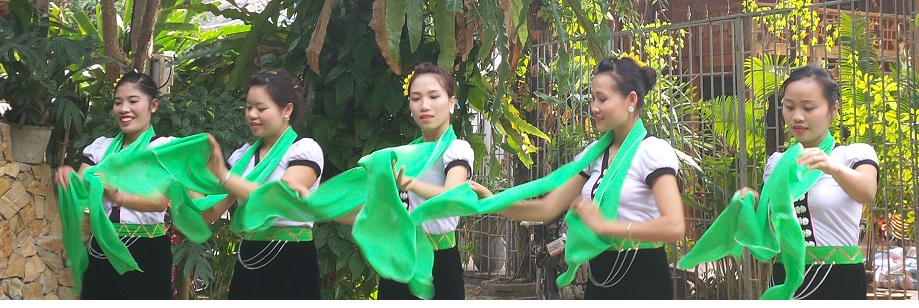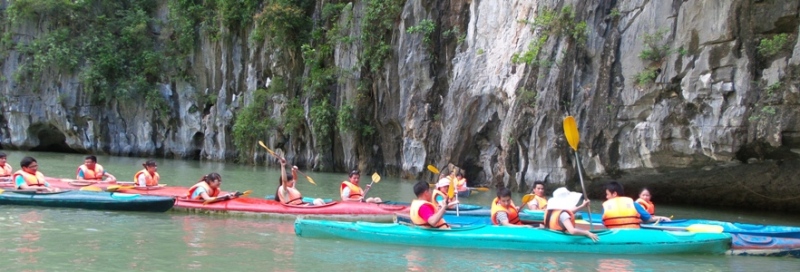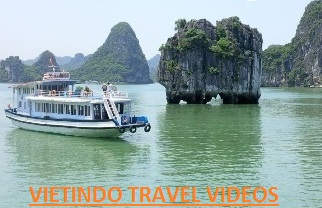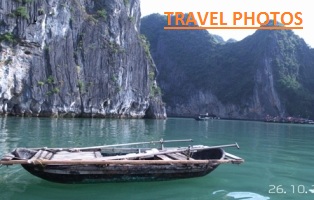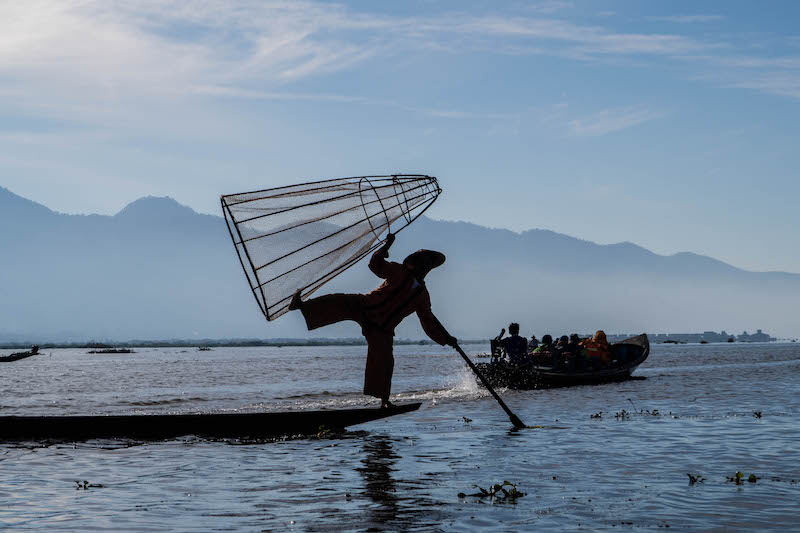Day 1: Mandalay arrival (-/-/D)
Welcome to Myanmar, more formally named the
Republic of the Union of Myanmar and previously and possibly better known in
many countries as Burma. Mandalay, a name that evokes splendours of old Burma,
captured by Rudyard Kipling in the poem Mandalay. 'This is Burma' he wrote,
'and it is quite unlike any place you know about!' Destroyed by a fire and
heavily bombed during World War II, the Burma of old is more difficult to find
but when you do, it astounds you. With a turbulent history, after thousands
were killed in a military uprising, Burma changed its name to Myanmar in 1989.
Myanmar today has only recently opened its border to travellers after the
Military Junta, which was in control since 1962 and dissolved after years of
internal struggle as recently as 2011. As this largely rural country remains
unaffected by long term tourism it offers us a wonderful insight into Southeast
Asian life. A highlight it to visit the Mahamuni Pagoda with its old Buddha
statue. Typically a lively temple, men put gold leaves into the statue. Here
you can also shop around for the perfect souvenir, your own small statue made
of bronze or wood. If you can't find what you are looking for, the marble
carving street should have a treat in store. Walking through the Mahagandayon
monastery complex, see hundreds of monks heading to prayers. Tonight, you can
visit the Yadanar night market to get a feel for the real Mandalay. Grab some
traditional snacks before enjoying a beer at a famous beer station and a
delicious meal at one of Mandalay's traditional BBQ restaurants.

Day 2: Bagan ½ day tour (B/-/D)
This morning we take a local bus to Bagan. Bagan
is home to more Buddhist temples than anywhere in the world. They poke out of
the trees and have a graceful aging process. It is here that the sunsets are
some of the best in the world. On arrival, we enjoy a half day guided
orientation tour of the area where you will see some of the best temples in the
region. Discover Ananda, Sulamani, and Thatbyinnyu, the latter being one of the
highest monuments in Bagan.
Day 3: Cycling tour Bagan (B/L/D)
With so much to see and hundreds of temples
waiting to mesmerize you, today we take a bicycle tour of Bagan. The flat
landscape makes a bike tour an easy excursion and your guide will show you some
of the most spectacular ancient temples away from the crowds. Cycle through the
palm trees and bamboo huts finding temples and ruins along the way. The rest of
the afternoon is free to further explore. You can visit Mount Popa, the
birthplace of the 37 'nats' of Myanmar which are the protective spirits. Or you
could get further off the beaten track by visiting rural villages as well as
fruit and flower markets.
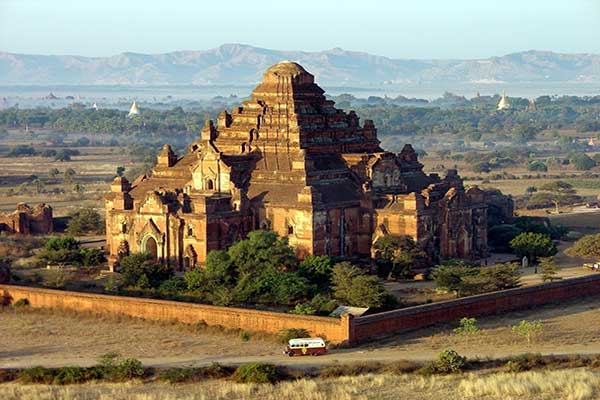
Day 4: Bagan (B/-/D)
One of the highlights of Bagan enjoyed by many,
is a sunrise hot air balloon ride offering stunning views over the temple zone.
Of course seats are limited and can book up early so booking in advance is
recommended to avoid disappointment. Your Adventure Specialist will be able to
advise on the best ride for you and how to book.
Day 5: Kalaw and Elephant Conservation center (B/-/D)
Leaving Bagan, on the way to Kalaw we visit the
Elephant Conservation Centre. A community project only recently established
here, it protects the jungle, the wildlife that resides in it and the
traditions of the local people living in the area. The project also protects
some of Myanmar?s endangered elephants which, without this protection, may have
been hunted down and killed or sold into the tourism trade. These elephants are
retired from working life and we will have the opportunity to wash and feed the
elephants but riding them is strictly not allowed. Returning to the camp, we
will enjoy lunch before continuing our journey to Kalaw. Travelling by private
vehicle gives us the opportunity to make multiple stops on the way to Kalaw in
local villages. We can learn how to make toddy and jaggery (palm sugar) from
the sap of the toddy palm.
Day 6: Train Jouney to Inle Lake (B/-/D)
Leaving Kalaw after breakfast, we board our train
to take us to Inle Lake. This scenic journey travels through the Shan mountains
and you can glimpse the local life as you travel en route. The train has been
used by locals and westerners alike for over 100 years and has a distinctive
colonial feel to it. This train can't be pre-booked so you may be seated in the
'ordinary class' giving you a real taste of how locals travel by train.
Arriving at Inle Lake in the early afternoon, there is time to enjoy a peaceful
afternoon by the lake. Tomorrow we will enjoy a full day excursion to
experience all the area has to offer.
Day 7: Inle Lake (B/-/D)
Today we spend a full day on the lake, travelling
by boat between traditional villages built on stilts and inhabited by the Intha
people. We visit floating gardens, pass some of the fishermen who row their
boats using their legs, balancing precariously on the other. One of the main
highlights of the excursion is the lunch made by a local family. You will
experience authentic Intha food including the famous tomato salad, meat cakes
steamed in banana leaves and more. You will also visit traditional markets in
different villages depending on the day we travel. If time allows, we will also
visit a cheroot factory where Burmese cigars are made, floating tomato gardens,
Phaung Daw Oo Pagoda and Intha Heritage House where Burmese cats are bred. Well
known for its weaving, on Inle Lake we have the chance to purchase souvenirs
including the Burmese tote-bags and high quality silk fabrics. You can also try
traditional Shan cuisine including Htamin Jin, a delicious meal of rice,
tomato, potato or fish in round balls, wrapped in crisp fried onion and
marinated in garlic.
Day 8: Fly to Yangon (B/-/D)
Today we fly to Yangon, a city filled with
British, Burmese, Chinese and Indian influences. Despite being a city, here it
is common to see locals walking down the street barefoot with natural sunblock
from the Thanaka tree rubbed on their faces. There is plenty to do in this
bustling city from food tours, local markets, lakes and pagodas. The largest
and most beautiful pagoda in the area is the Shwedagon Pagoda and it is also
the most religion site in Myanmar. It was originally built in the 6th century
AD and has been rebuilt and developed over time to become the sprawling, golden
site of today. It is also a meeting point for locals. You can experience the
local hustle and bustle of the area while it is also possible to pick up some
souvenirs from the shops outside the site.
Day 9: Yangon – Bangkok (B/-/D)
This morning is free to relax or tick off some last minute sites in Yangon before we transfer to the airport and catch an afternoon flight to Bangkok. This loud, vibrant and tantalizing city is the centre of economics in Thailand and is seen as the gateway to South East Asia for most travellers. Bangkok is one of those cities that is just as alive come night as it is in the day. Arriving to the hotel in the evening you could explore the various night markets that are dotted around or visit the bars and restaurants in the area. There is something for every taste in this city - from quirky live music venues to high end rooftop bars.
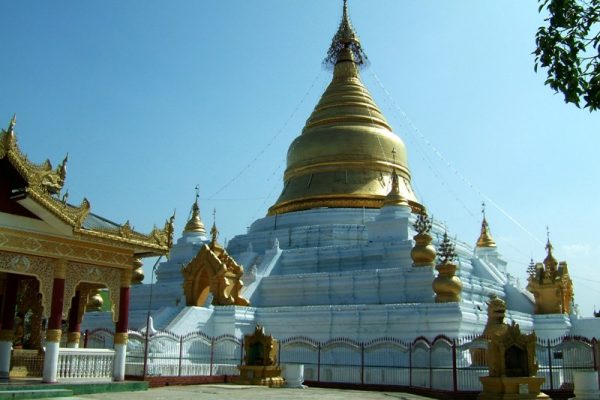
Day 10: Bangkok tour (B/-/D)
Today marks the first day of the weekend and is therefore
the perfect opportunity to venture to the famous Chatuchak Weekend Market,
Bangkok's largest which is also said to be the largest market in the world.
There are over 15,000 stalls offering anything and everything that you could
dream of. Mingle with the locals and immerse yourself in the bustle of vendors
and shoppers going about their daily lives. You could take your own street food
walking tour, enjoying delicacies from the many vendors dotted around the city.
Foods to look out for include green papaya salad, Thai fried rice, Pad thai and
pork skewers. You could even take a Thai cookery course and learn more about
the secrets behind these mouth watering foods. One of the biggest highlights of
the city and a must see is the opulent Grand Palace, which was built in 1782
and was home of the Thai King for over 150 years. The palace complex has
several impressive buildings such as the Temple of the Emerald Buddha. Just
walking around this vast area will give you an idea of the spectacular Thai
architecture and vibrant colours. Another must see is the temple of Wat Pho,
which houses the impressive reclining Buddha. The position of the Buddha
represents entry into Nirvana and the end of reincarnations and is an important
symbol for Thai people. For some of the most impressive city skylines, Bangkok
has a huge host of rooftop bars waiting to be enjoyed. For some luxury, head to
the ones located in Sukhumvit. You can also enjoy city views by walking to the
top of Phu Khao Thong, or The Golden Mountain. The area is a small jungle oasis
in the centre of Bangkok and perfect if you need away from the hustle and
bustle of the city.
Day 11: Bangkok boat trip and Wat Pho (B/-/D)
This morning we enjoy a short riverboat trip
experiencing a different perspective of the Bangkok skyline. We disembark at
Wat Pho and visit the famous reclining Buddha. This afternoon perhaps spend
time soaking up the culture and art scene in one of the many museums dotted
around the city. For history buffs, you could easily spend hours soaking up the
information in the National Museum, which was Thailand's only museum until the
mid 1970s and has a large and very impressive collection. The Bangkok Art and
Culture Centre is a work of art in itself, and you can explore the exhibits
which range from photographs to paintings. The Tonson Gallery is excellent for
those interested in contemporary art, while the Baan Kamthieng House Museum is
perfect for learning more about rural life in Thailand. In the early evening we
will meet our group and tour leader back at the hotel and head to the train
station for the overnight train to southern Thailand!
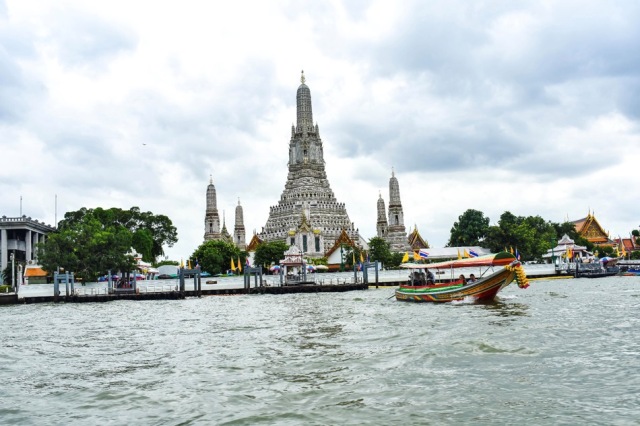
Day 12: Khao Sok National Park (B/-/D)
Arriving to the train station early in the
morning we will then take a minivan towards Khao Sok National Park, driving for
a further three hours to reach our hotel. Staying nearby you have the chance to
visit the national park and tropical rainforest, which is older than the Amazon
Jungle. The area of Khao Sok National Park is an incredible 739 square
kilometres, including the 165 square kilometre Cheow Lan Lake. The park is the
most biodiverse jungle in Thailand and as well as holding many wild animals has
an amazing array of flora and fauna, as well as various bird species. Mammals
found in the rainforest include the tapir, Asian elephant, sambar deer, wild
boar, white handed gibbons and bears. The landscapes are beautiful, with lush
jungle complimented with breath-taking limestone cliffs and hidden waterfalls.
It is also home to the rare Rafflesia Kerrii, the world's largest flower. Khao
Sok is the only place in Thailand to find it. After an orientation of the
surrounding area you are free to explore the park or simply wander around the
breathtaking area. While the area is rural and tranquil, there are various
restaurants and hotels in the area serving fresh and good quality local food.
Day 13: Khao Sok National Park (B/-/D)
Spend today enjoying the rainforest and
everything on offer in the area. The lake is a popular base for many activities
including kayaking, canoeing and bamboo rafting. The views from the water are
stunning as you pass limestone cliffs and see various fish swimming below. For
those who enjoy hiking there are various paths around the park to follow, many
of which lead to beautiful waterfalls. A great way to experience this is to
hire a local guide who can talk you through the animals that live in the area
and show you the best places to see in the rainforest. Caves in the area, such
as Diamond Cave, Khang Cow Cave and Nam Talu Cave, all connect to the lake and
can be explored on a boat trip.
Day 14: Phuket Island (B/-/D)
This morning we leave behind the rainforest for a
different type of scenery just as spectacular; the beaches of Phuket.
Thailand's largest island, Phuket offers some of the country's most popular
beaches and is located close to popular islands including James Bond Island
(Khao Phing Kan) or Racha Island (Ko Racha Yai) famed for its diving and
snorkelling. We hop on a private minibus and travel for around three hours to
reach our hotel in Phuket. The rest of the afternoon is free to start enjoying
the sunshine filled beaches and glistening waters. The hardest decision of
today will be whether you snorkel or paddle board first! Phuket comes alive at
night with various restaurants, bars and live music venues. From all night
laser nightclubs to laid back beach bars, there is something for every taste
and every budget on the island. The food choices are endless, you could enjoy
the fresh seafood on offer or the various small eateries serving up typical
Thai dishes. Your tour leader will be able to recommend the best ones.
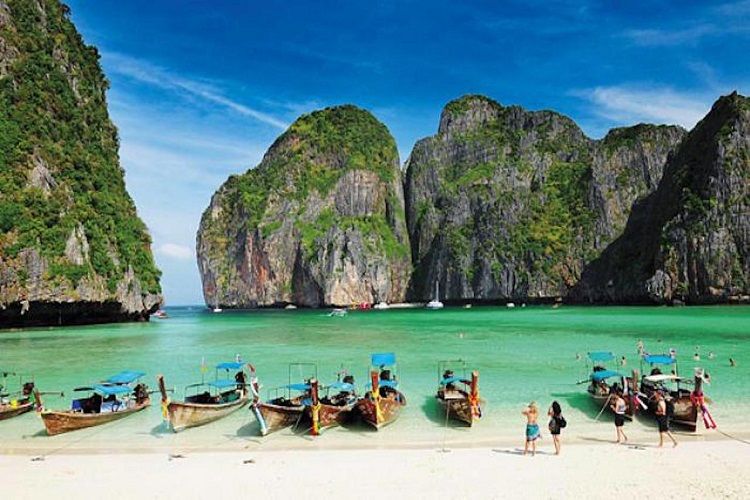
Day 15: Phuket Island (B/-/D)
Spend today soaking up the beauty of Phuket and
the surrounding islands. Thailand's famed islands have been the set for many
films over the years and hold a certain mystique. Take a boat trip and explore
as many as your heart desires or snorkel around the bays amongst stunning
exotic fish and other marine animals. Of course beaches and islands are not to
everyone's taste, so why not visit the historical Old Phuket Town, small enough
to stroll around but with an abundance of differing cultural histories. See the
Big Buddha, a white, 45 metre tall effigy of Buddha with 360 degree views of
the island. Wat Chalong is one of the most significant temples on the island
and is beautifully decorated with many shimmering pieces on the pagodas.
Day 16: Departure (B/-/-)
Your adventure of a lifetime comes to an end
today. If you have a late flight or have lengthened your stay by adding post
tour accommodation you will have more time to explore the sights. Your
adventure of a lifetime comes to an end today. If you have a late flight or
have lengthened your stay by adding post tour accommodation you will have more
time to explore the sights.
 (Copy) (2)_592019_123632.jpg)





